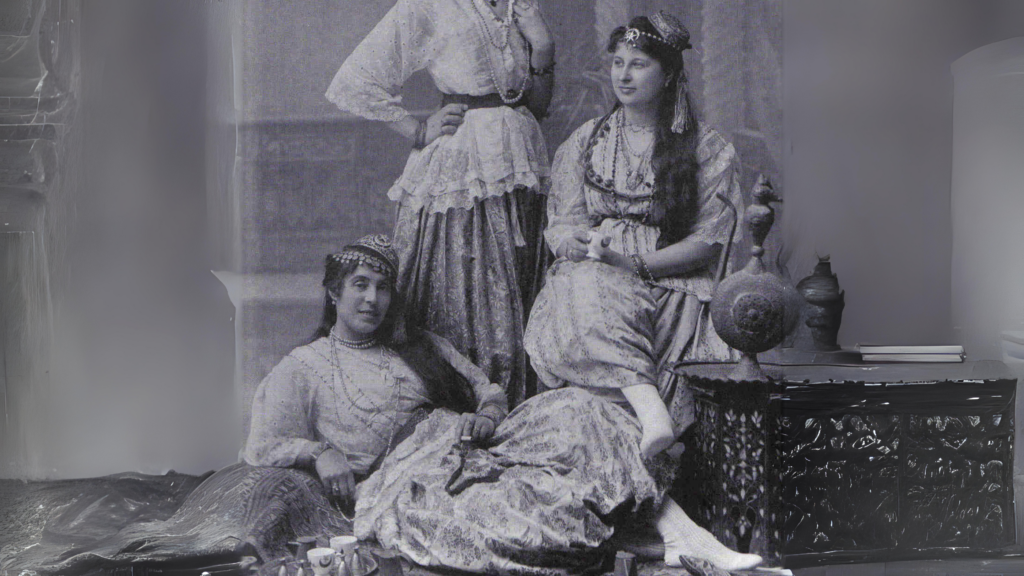
Social and Economic Contributions
Women in the medieval Middle East played vital roles in their communities, contributing both socially and economically. While their rights and freedoms varied depending on the region and period, many women were involved in trade, managed households, and engaged in educational and religious activities. In urban centers like Cairo and Damascus, women participated in markets and ran businesses, demonstrating their economic significance.
Education and Scholarship
Despite societal restrictions, some women in the Middle East attained significant educational achievements. Notable figures like Fatima al-Fihri, who founded the University of Al-Qarawiyyin, and Lubna of Córdoba, a scholar and scribe, exemplify the intellectual contributions of women during this period. Their involvement in education and scholarship helped preserve and transmit knowledge across generations.
Religious and Cultural Influence
Women also held considerable influence in religious and cultural spheres. They were patrons of the arts, commissioning works of poetry, architecture, and literature. In religious contexts, women participated in Sufi orders and contributed to the spiritual life of their communities. This involvement underscored their integral role in the cultural and spiritual fabric of medieval Middle Eastern society.
Conclusion
Women in the medieval Middle East were more than passive figures; they were active participants in their societies. Their contributions to the economy, education, and culture highlight the diverse roles women played and their enduring impact on the history of the region.
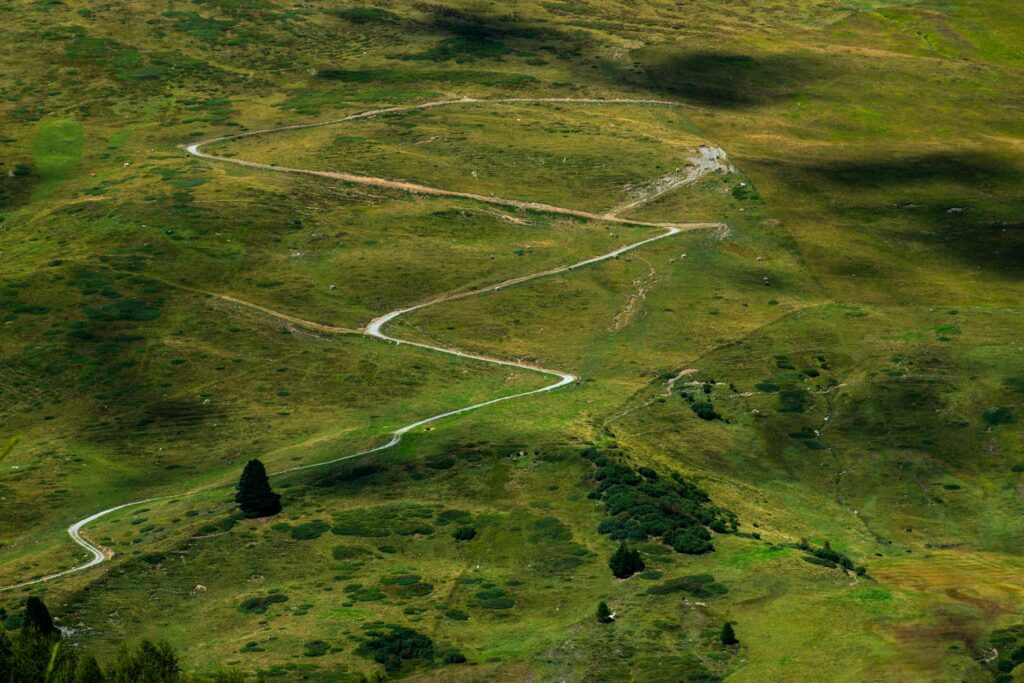 The Lifeline of Trade
The Lifeline of Trade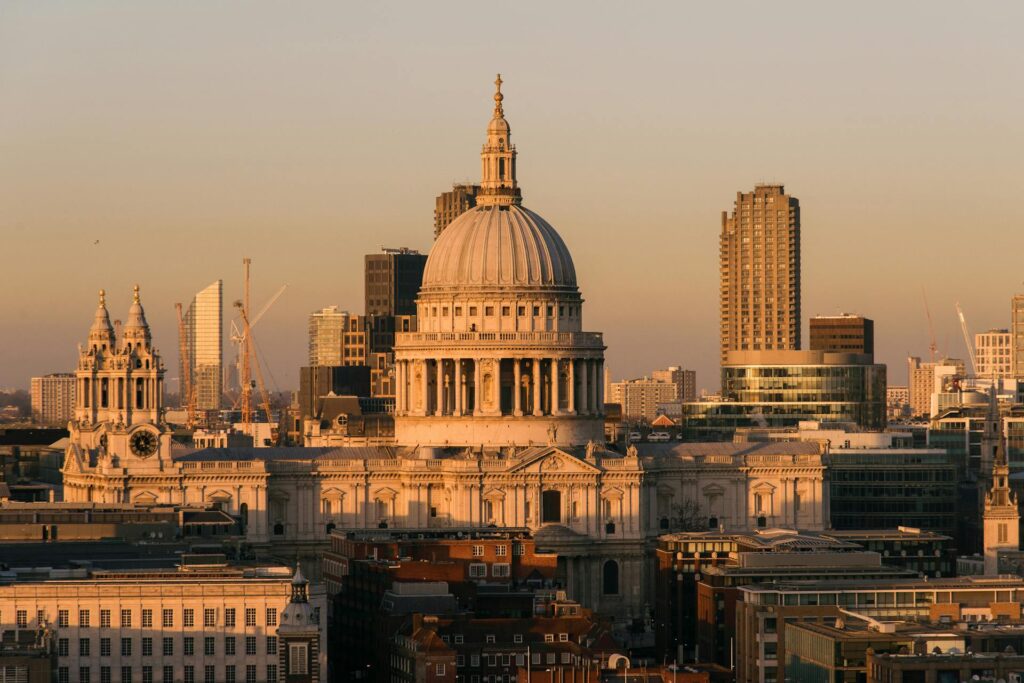 Foundations of Scholastic Thought
Foundations of Scholastic Thought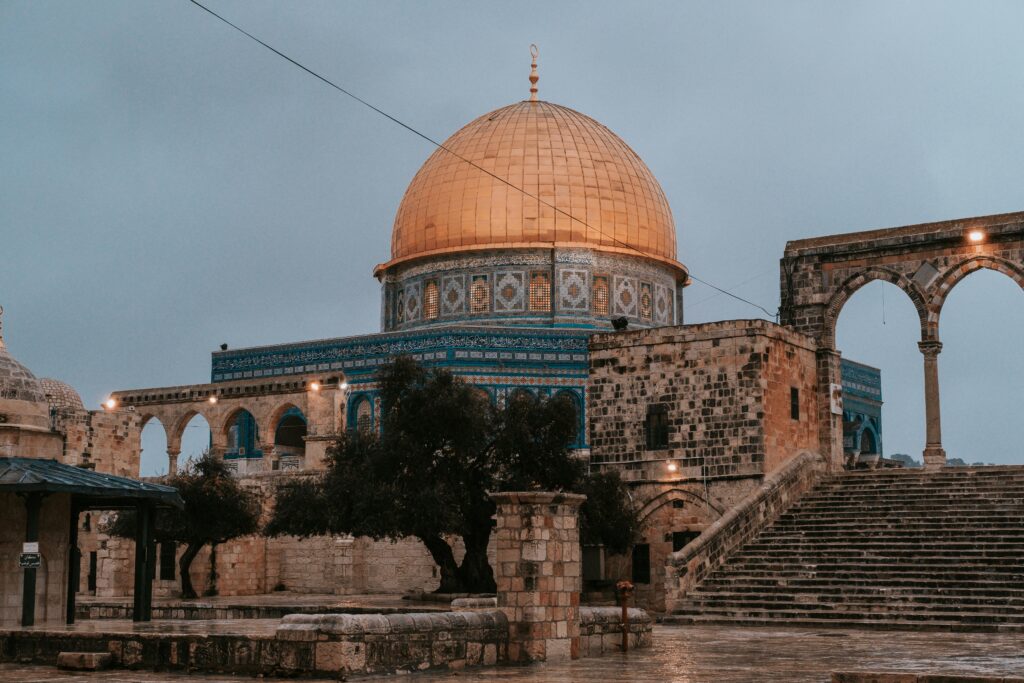 Flourishing of Knowledge
Flourishing of Knowledge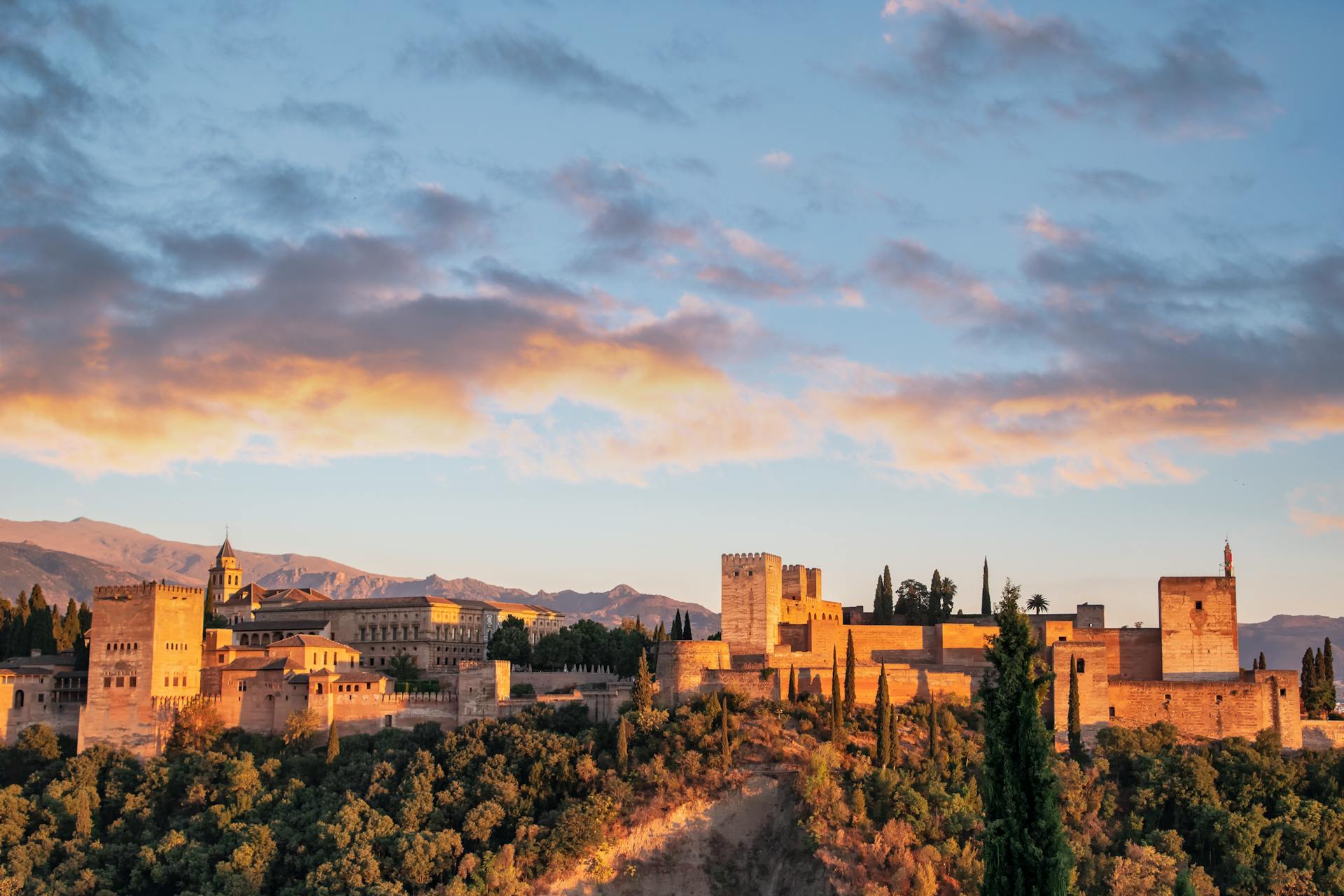 Architectural Marvels
Architectural Marvels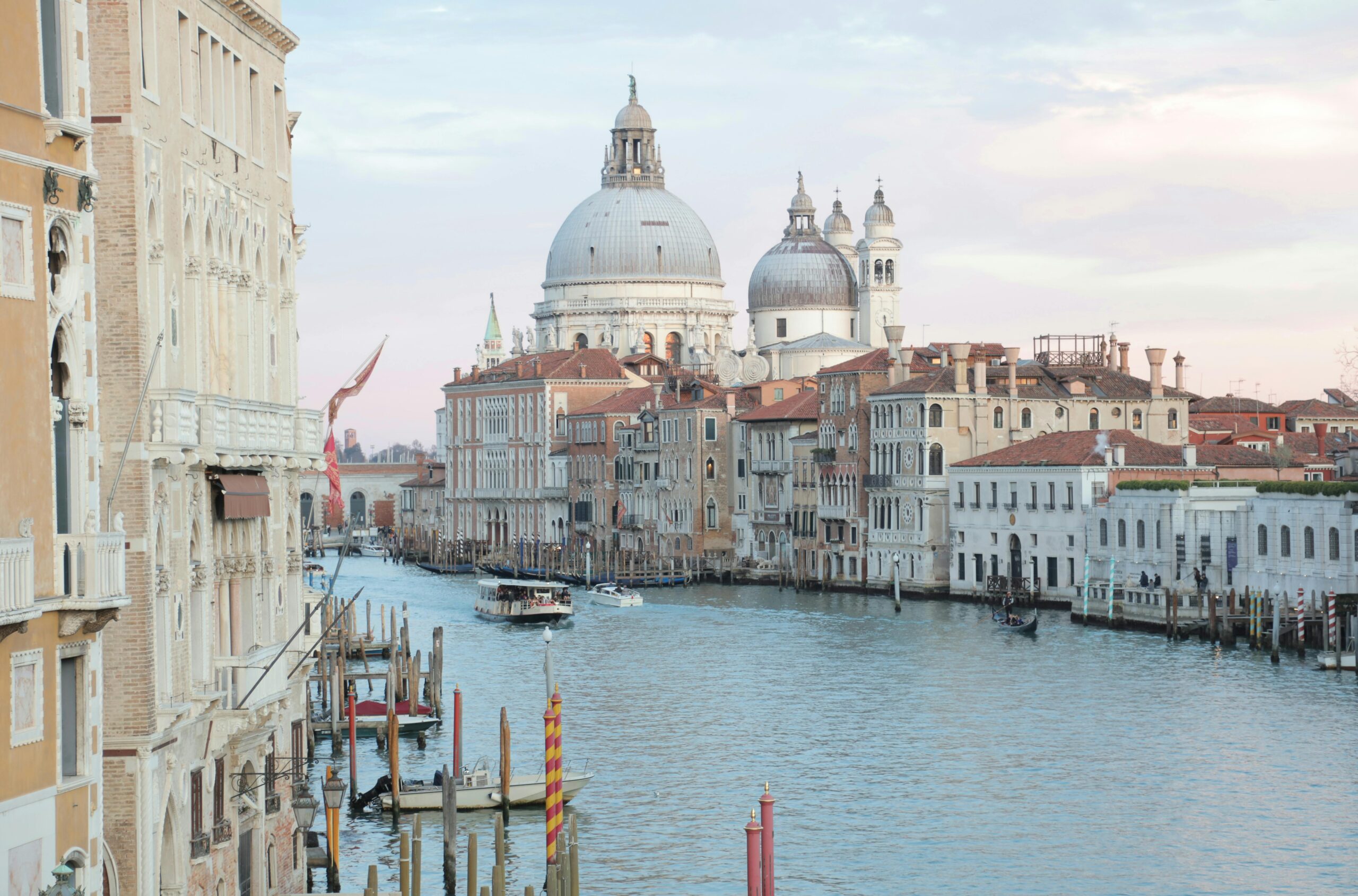
 Connecting Continents
Connecting Continents